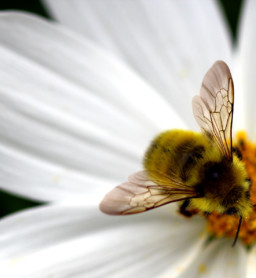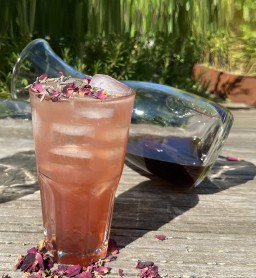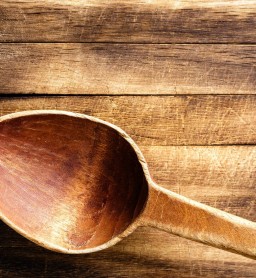Which materials do you like? Which materials do you not like?
Plastic. But there are also attractive plastic things. At muji, for example. They have the most beautiful toilet bowl brushes, even though they’re out of plastic. Otherwise, everybody probably likes luxurious materials, dark wood and such. I like Apple computers. They are unbelievably well designed, even the plastic ones are cool. I don’t think that the material plays such a big role. When you’re designing, you sometimes need to suppress what you’d personally like, you need to think about what is suitable.
When you think about supermarket chains, would you suggest they do something differently? They all have the same grocery bags.
They could use the bags to convey interesting messages from Greenpeace or even better, from non-political foundations. One should look for partners. It would be nice if there were really cool messages on all paper bags. It wouldn’t cost that much, and people would appreciate it. I also think that the bags shouldn’t always look completely the same. For instance, when I buy something at Tiffany’s, I’ve spent so much money. Why do I always get the same bag? How about a little change? The same in supermarkets. I think there should be more small shops with specialities and high-price departments. The bags could function with a special slogan there. And one should try to create a real ‘alliance’. Customers should slowly become friends that the sales people know and are somehow part of the family and that love the thing you give them. And then you have to put out quite a bit of effort if you want to get rid of them. Everyone knows that siblings forgive each other a lot. And, basically, that goes for every shop. When they like the product and the packaging, they come back and buy. People are creatures of habit. Especially men.
Customers should slowly become friends
that the sales people know and are somehow part of the family and
that love the thing you give them. And then you have to put out
quite a bit of effort if you want to get rid of them.
Is there a way to find out whether a packaging is successful or not?
When people call and want a sample. We made a shopping bag for a store that you could only get if you bought enough because they cost one or two dollars. Then you notice whether the demand is big. Or I had a wonderful business card that had cost about two dollars and people have kept it. There is a lot of market research on the topic, what sells and what doesn’t. I am certain that the packaging that we make increases the value of the product.
Is there something that you would like to design?
I have a long list of things. A lot of simple things. A pencil, for example. And books! The books from the Dutch designer Irma Boom are some of the most beautiful. One was the book-of-the-year in 2009, and I wished I would have designed it.
Do you have a favourite piece in your collection?
Well, right now perhaps I have a small cross that I bought at the flea market in Vienna, it only cost a couple of euros. I’m not religious or anything, I just thought it was pretty. I think that’s my approach to everything I collect. That’s what my blog is about too. When I buy things, they mean a lot to me, they have a high value for me.
Do you throw things away once in a while or do you save everything?
Oh yes, I try to throw things away. When we moved recently, I separated myself from many things.
Was it easy or hard for you?
Both. I ask myself, why I still keep this or that. My daughter is ten and what is she supposed to do with all the stuff when I die. Like my large yarn collection with balls of every possible shape. They are all unique and beautiful and I have some from the 19th century. I was just on a television show because of it. A lot of people think I’m crazy because I collect this, buy my daughter said, “I want to keep your yarn.” That was so sweet of her.
You have said that you love books. Do you like to read or do you just like the way they look, the typeface, how they feel and smell?
I prefer to read nonfiction books, but I like design books, the way they are layed out, how they are bound, the typography, there’s a certain level in book design that is completely ignored. I have a lot of beautifully designed books. In the 40’s and 50’s there were great American book designers, I collect their books because they are so beautiful. When I teach design, I use lots of examples to show how design functions. Herbert Matter designed a beautiful book about Albert Giacometti, without text, with lots of photos, it’s amazing. I use it to show students how to compose pictures, how to put them into a relationship, what the size ratios are and so on. You can learn so much when you see how people design things.
What else do you think about?
I am often unsure about where I stand inn life and that’s why I read so many nonfiction books, because I want to just be a little smarter. But I think that it has to do with doing what you love.




